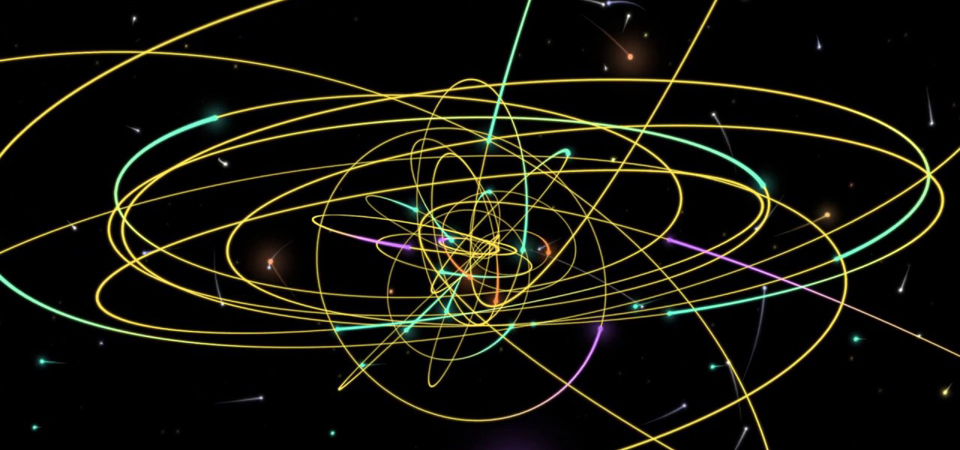Research Interests
Professor Ghez is currently interested in using and developing high spatial resolution imaging techniques to (1) study star formation and (2) investigate the proposed massive black hole at the center of our Galaxy. Owing to turbulence in our atmosphere, the resolution of pictures obtained with traditional imaging techniques from large ground based telescopes is a factor of 10-30 worse than the theoretical limit. Using a variety of interferometric techniques and adaptive optics, Professor Ghez has been able to produce diffraction-limited images of a variety of astronomical objects. With the Keck Telescopes, these images have the highest spatial resolution currently obtainable from the ground or space.
In her studies of star forming regions, she has found that most, if not all, young stars have companion stars and the majority are located at distances that are less than the size our Solar system. This raises a host of interesting questions. What effect do the close companion stars have on the formation of planets around these young stars? How do single stars, such as our Sun, form? What mechanism produces multiple star systems and what can influence their final properties? To address these issues and others, she works at a variety of different telescopes observing sources primarily at infrared wavelengths.
The case for a massive black hole at the center of our Galaxy has been argued over the past few decades, however it has not been previously possible to prove this tantalizing hypothesis. In principle the stars in the vicinity of the Galactic Center can be used as ``test particles" to probe the for the presence of a central dark mass. However, the density of stars in this region is so high that previous studies have reached an impasse due to limitations in angular resolution. With the ability to carry out diffraction-limited imaging at Keck, Prof. Ghez has mapped the Galactic Center with unprecedented angular resolution. These observations reveal stars moving at apparent speed as high as 12,000 km/sec (~4% the speed of light!) whose orbits implies the presence of 3.7 million times that mass of the Sun of dark matter interior to a radius of about 0.0002 pc (6 light hours or 600 Rs). This exceeds volume averaged mass densities inferred for any other galaxy and leads to the conclusion that our Galaxy harbors a massive central black hole. If galaxies as inactive as our own support a central black hole, then one might assume that such objects can be found at the centers of all galaxies!

